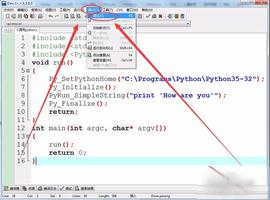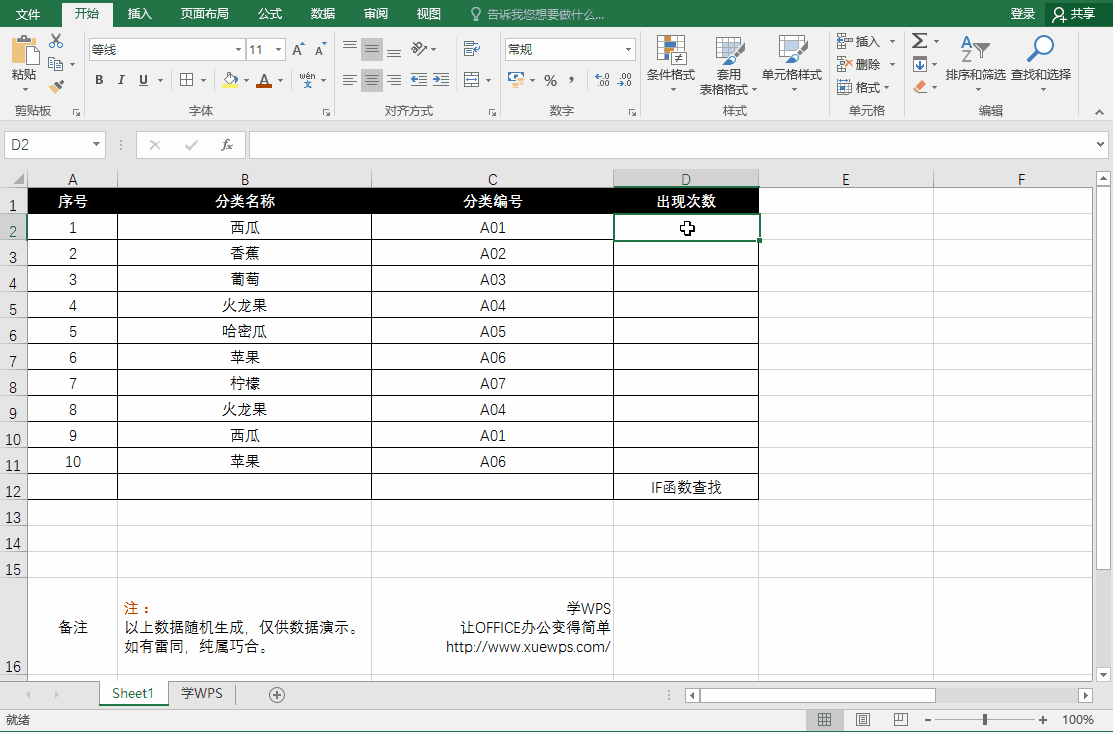python怎么实现单例模式[python高级教程]
python通过__new__魔法方法放入需要实现的类中,可以保证实例化之后的对象为单例,进而实现单例模式。

Python单例模式的4种实现方法:
#-*- encoding=utf-8 -*-print '----------------------方法1--------------------------'
#方法1,实现__new__方法
#并在将一个类的实例绑定到类变量_instance上,
#如果cls._instance为None说明该类还没有实例化过,实例化该类,并返回
#如果cls._instance不为None,直接返回cls._instance
class Singleton(object):
def __new__(cls, *args, **kw):
if not hasattr(cls, '_instance'):
orig = super(Singleton, cls)
cls._instance = orig.__new__(cls, *args, **kw)
return cls._instance
class MyClass(Singleton):
a = 1
one = MyClass()
two = MyClass()
two.a = 3
print one.a
#3
#one和two完全相同,可以用id(), ==, is检测
print id(one)
#29097904
print id(two)
#29097904
print one == two
#True
print one is two
#True
print '----------------------方法2--------------------------'
#方法2,共享属性;所谓单例就是所有引用(实例、对象)拥有相同的状态(属性)和行为(方法)
#同一个类的所有实例天然拥有相同的行为(方法),
#只需要保证同一个类的所有实例具有相同的状态(属性)即可
#所有实例共享属性的最简单最直接的方法就是__dict__属性指向(引用)同一个字典(dict)
#可参看:http://code.activestate.com/recipes/66531/
class Borg(object):
_state = {}
def __new__(cls, *args, **kw):
ob = super(Borg, cls).__new__(cls, *args, **kw)
ob.__dict__ = cls._state
return ob
class MyClass2(Borg):
a = 1
one = MyClass2()
two = MyClass2()
#one和two是两个不同的对象,id, ==, is对比结果可看出
two.a = 3
print one.a
#3
print id(one)
#28873680
print id(two)
#28873712
print one == two
#False
print one is two
#False
#但是one和two具有相同的(同一个__dict__属性),见:
print id(one.__dict__)
#30104000
print id(two.__dict__)
#30104000
print '----------------------方法3--------------------------'
#方法3:本质上是方法1的升级(或者说高级)版
#使用__metaclass__(元类)的高级python用法
class Singleton2(type):
def __init__(cls, name, bases, dict):
super(Singleton2, cls).__init__(name, bases, dict)
cls._instance = None
def __call__(cls, *args, **kw):
if cls._instance is None:
cls._instance = super(Singleton2, cls).__call__(*args, **kw)
return cls._instance
class MyClass3(object):
__metaclass__ = Singleton2
one = MyClass3()
two = MyClass3()
two.a = 3
print one.a
#3
print id(one)
#31495472
print id(two)
#31495472
print one == two
#True
print one is two
#True
print '----------------------方法4--------------------------'
#方法4:也是方法1的升级(高级)版本,
#使用装饰器(decorator),
#这是一种更pythonic,更elegant的方法,
#单例类本身根本不知道自己是单例的,因为他本身(自己的代码)并不是单例的
def singleton(cls, *args, **kw):
instances = {}
def _singleton():
if cls not in instances:
instances[cls] = cls(*args, **kw)
return instances[cls]
return _singleton
@singleton
class MyClass4(object):
a = 1
def __init__(self, x=0):
self.x = x
one = MyClass4()
two = MyClass4()
two.a = 3
print one.a
#3
print id(one)
#29660784
print id(two)
#29660784
print one == two
#True
print one is two
#True
one.x = 1
print one.x
#1
print two.x
#1
推荐课程:python编程入门系列图文教程
以上是 python怎么实现单例模式[python高级教程] 的全部内容, 来源链接: utcz.com/z/540417.html







